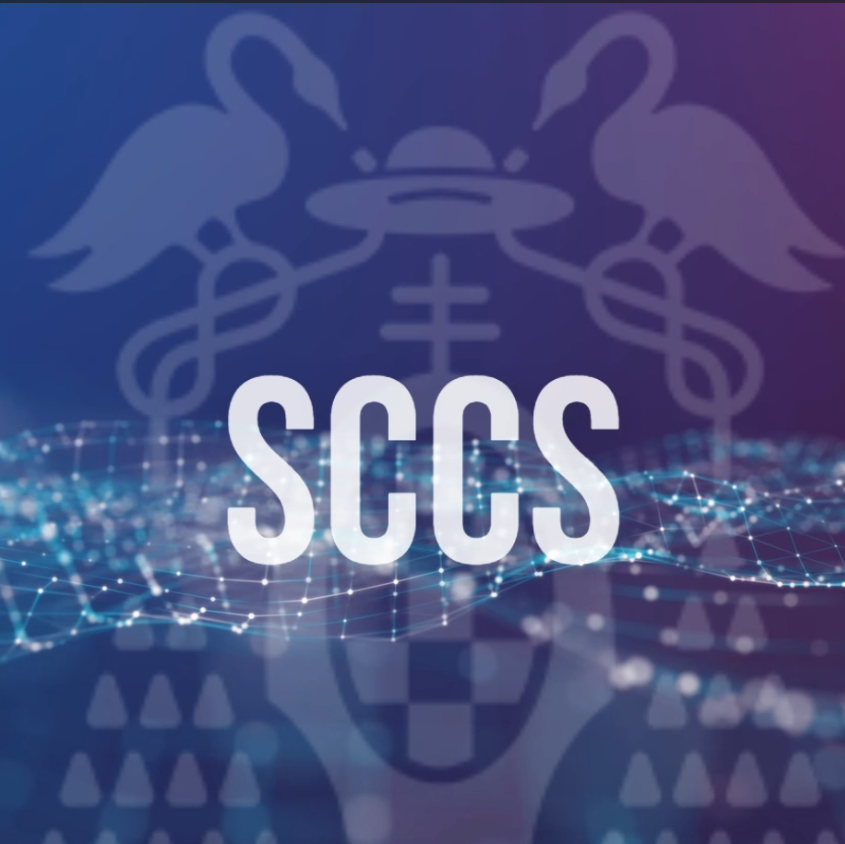The «Survival Manual for EconAI students» by Federico Pablo-Martí, Carlos Mir, and Juan Luis Santos provides a comprehensive overview of how Artificial Intelligence (AI) and Machine Learning (ML) are transforming the economy and offers guidance for students in these emerging areas. DOI: 10.13140/RG.2.2.35452.10880
This manual is a guide for economics students feeling overwhelmed by the intricate world of Artificial Intelligence (AI) and Machine Learning (ML). It demystifies these technologies, not as esoteric tools reserved for IT experts, but as powerful allies for future economists. This manual goes beyond basic explanations, providing insights into how AI and ML are reshaping our understanding of economics, from predicting market trends to delving into the complexities of human behavior and economic psychology.
A key emphasis of the manual is on practical application. It encourages incorporating AI and ML techniques into professional toolkits, enabling students to stay abreast of the latest technological trends and apply these insights effectively in their day-to-day economic analysis. This guide promises to elevate the reader’s economic acumen, preparing them to harness the power of AI and ML in propelling their careers forward in what the authors call «EconomIA».
Spanish version |
Structure of the work
Foreword: The handbook is presented as an accessible guide for economics students, highlighting the importance of artificial intelligence (AI) and machine learning (ML) in understanding and analyzing the massive data present in the modern economy. It highlights how these technologies are not only tools for computer experts, but also for economists, opening up possibilities for predicting market trends and analyzing human behavior.
Introduction: The crucial role of AI and ML in redefining the interaction with technology and the modeling of economic phenomena is emphasized. The handbook describes AI as the ability of machines to perform typically human tasks, such as learning, reasoning, and decision making. ML, a subfield of AI, focuses on the development of algorithms that enable machines to learn and perform tasks without explicit programming. The introduction also highlights how AI and ML offer new tools for analyzing data, predicting market trends, and understanding the complexity of human behavior, essential for 21st century economists.
Machine Learning – The Island of Innovation: This chapter distinguishes between AI and ML, describing AI as a vast field of possibilities with ML being a specific methodology within it. ML is described as the science of making computers learn and act like humans, enhancing their learning through experience and data.
Machine Learning Techniques: The handbook details various ML methodologies and their applications in economics, such as linear and logistic regression, support vector machines, neural networks, random forests, clustering, and deep reinforcement learning (DRL). These methods are crucial for understanding how machines learn, interpret and process data.
Machine Learning and Econometrics: This chapter addresses the relationship between Machine Learning and Econometrics, emphasizing how ML can handle data complexities beyond the scope of traditional econometrics. It discusses the advantages of ML in terms of handling complex data and explores the fundamental differences between the two disciplines, especially in terms of causality and methodology.
Other Artificial Intelligence Techniques: Additional methodologies in the field of AI beyond ML are examined and future developments in this field are discussed. This chapter provides a broad overview of AI, highlighting its relevance and potential impact in various areas.
EconAI (Economics 2.0): Focuses on the impact of AI on the economy and society, addressing how and when AI will be integrated into the economy (referred to as EconomIA). This chapter also details ML and AI research methodologies and prepares future economists for a world with increasing integration of these technologies.
Final Reflections: The handbook concludes with a chapter of final reflections summarizing the topics covered and offering insights on how economics students can effectively apply the knowledge acquired on AI and ML in their academic and professional future.
References: At the end of the handbook, there is a reference section that provides additional sources for further research and study on the topics covered in the handbook.
This handbook is intended to be a valuable tool for economics students interested in integrating AI and ML knowledge into their education and career. It provides a solid foundation in key concepts, techniques, and applications, ensuring that readers are well prepared for the challenges and opportunities presented by these emerging technologies in the field of economics.
